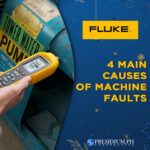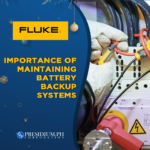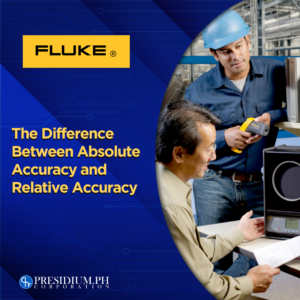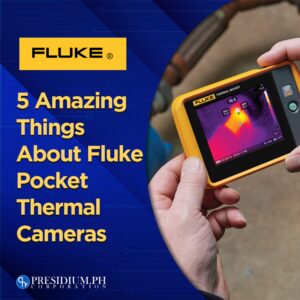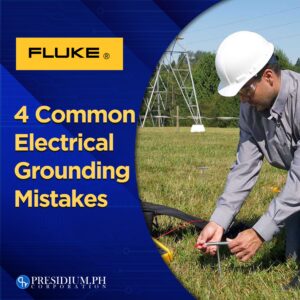Fluke Thermal Cameras: How Wind Affects Thermal Reading
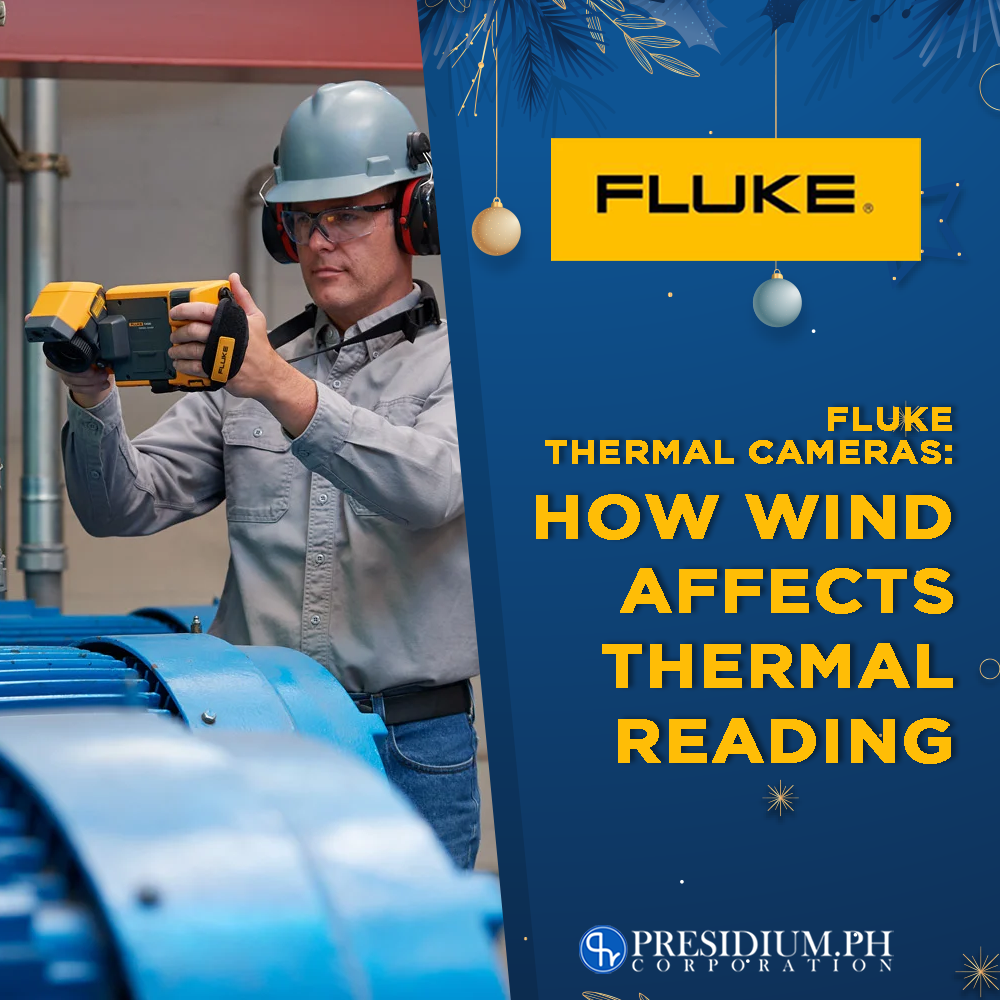
Thermal energy can be found all around us. Even our own bodies emanate hot and cold energy and that also goes for our surroundings. If you think of it, thermal cameras (or imagers) are actually one of the most sophisticated devices we have in terms of troubleshooting. Honestly, this device shows actual heat on the screen! That alone says a lot about technology advancement. Wait till you learn more about Fluke Thermal Cameras, but we’ll get to this a bit later.
Nevertheless, things are not always a hundred percent with thermal cameras (or any other device in general). This is because surrounding elements can always affect readings. And when the man in charge is not aware of the possible elements that can affect outputs, and this will cause inaccurate data.
How does wind affect readings?
It all goes down to understanding the basic principle of heat transfer. You see, thermal energy varies from hot to cold (or vice versa) which is the basic principle of temperature. This is so unless another force comes in between that process and alters it completely. And when we say “another force” this means the wind. Yes, the wind is a viable candidate for temperatures to be manipulated. As a result, this can alter a surface’s temperature.
On the other hand, when you use a thermal camera to inspect an object (whether it’s on the inside or outside) you also need to take your environment into consideration. In line with this, there is a thing such as forced convection. Forced convection is a form of heat transfer that comes from wind, fans, pumps, suction devices, etc. Basically, these are elements that have the ability to change your target temperature.
A deeper understanding of forced convection.
Think of it this way, if you make hot tea it is already a given that it’s not going to stay hot for quite some time. This is because heat tends to get lost in the surroundings. Technically, forced convection is the interruption of external aspects turning originally hot objects into cooler ones or vice versa.
There are actually two types of convection you must know about. One of them is forced and the other is natural. To briefly explain the two elements, forced convection (as we’ve mentioned above) is caused by objects. But on the matter of natural convection, this is actually influenced by the natural flow of things. Some examples of this are the sea breeze and land breeze.
Wind can cause a change in reading.
Don’t be alarmed, we’re not talking about drastic changes but yes, there is change when the wind is applied to readings. So it’s safe to say that if you want accurate readings on your data, best have a wind meter handy. However, if you don’t have a wind meter on hand, there is actually another way of determining which kind of wind you are dealing with.
But first, you must know and understand the Beaufort Scale. To put it lightly, the Beaufort Scale is a scale of the wind speed based on visual estimation of the wind’s effects from zero to twelve. Here’s a chart according to the Royal Meteorological Society.
Beaufort Scale
| Force | Speed (mph) | Description |
| 0 | <1 | Calm |
| 1 | 1-3 | Light air |
| 2 | 4-7 | Light breeze |
| 3 | 8-12 | Gentle breeze |
| 4 | 13-18 | Moderate breeze |
| 5 | 19-24 | Fresh breeze |
| 6 | 25-31 | Strong breeze |
| 7 | 32-38 | Near gale |
| 8 | 39-46 | Gale |
| 9 | 47-54 | Strong gale |
| 10 | 55-63 | Storm |
| 11 | 64-72 | Violent storm |
| 12 | 73+ | Hurricane |
Environmental adjustments you can tweak.
Realistically speaking, you cannot make tweaks or adjust every inspection environment you enter! Such a thing is not always doable. Nevertheless, what you can make up for it though is to be prepared. Here is something thing you can do!
During an indoor inspection, air conditioning and other HVAC appliances may have an effect on readings. The best way to prevent forced convection is by turning off the HVAC system before performing any operation.
With outdoor windy environments, however, unless you can control the weather and stop the wind, it might be trickier than usual. But the best way to go about this is to examine older data, inspect the machine thoroughly, and adjust settings accordingly.
About Fluke Thermal Cameras…
Fluke Thermal Cameras actually has advanced features than most. But be aware that there are also different kinds of them with slightly different functions. However, like any other thermal camera, each unit will let you take quality thermal readings with the following functions:
- Continuous touchscreen IR-Fusion
- 5 hours battery life.
- Can withstand drop up to 2 meters.
- Water and dust resistance. IP54 enclosure rating.
- Automatically organize and file thermal images with Fluke Connect.
- 120 x 90 infrared resolution.
But in totality, whatever thermal camera you choose can benefit you and your work greatly, no doubt!
Here are some of its advantages for you:
- Can collect data in hazardous environments from a safe distance.
- Scanning large areas such as walls, ceilings, and roofs quickly.
- Gathering data without disrupting production.
- Quickly identifying irregularities in specific locations.
- Detecting problems before failure.
Get your Fluke tool from a trusted source!
Presidium PH is an authorized distributor of Fluke test tools in the Philippines. So, if you want to know more about Fluke tools and their functions, visit our website for more info! This is a one-stop-shop for the best test tools in the market!

